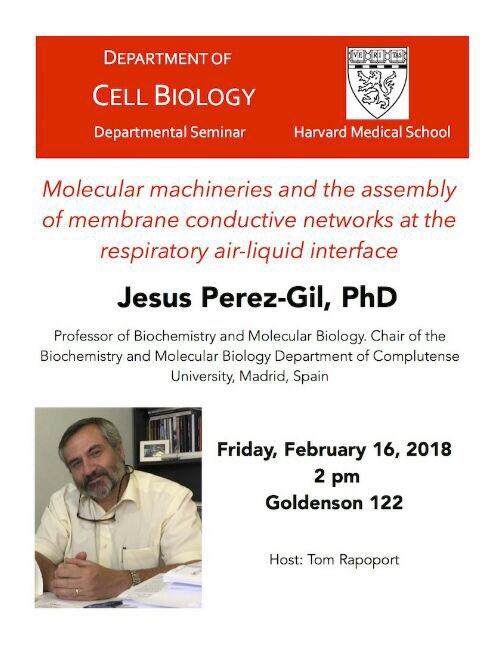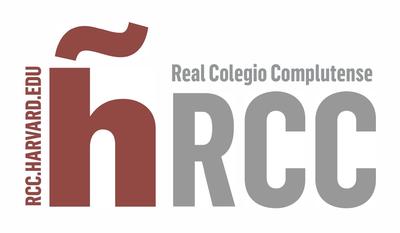Date:
Location:
The mammalian lung exposes 100 times more surface of the body to the environment than skin. This is strictly required to get the oxygen that our tissues need to complete their metabolism. However, the exposure of such large and thin surface poses challenging problems related with the mechanical stability of the alveolar airspaces along the breathing cycles. To cope with this problem, the respiratory epithelium assembles and secretes a lipid-protein complex, pulmonary surfactant, whose function is to stabilize mechanically the lung while defending it from the entrance of pathogens. The lack or deficiency of this system is associated with severe respiratory pathologies, which can be in some cases treated by supplementation with exogenous surfactant materials.
The conference of Prof. Perez-Gil will summarize recent findings on the molecular mechanisms of pulmonary surfactant to stabilize the respiratory surface. Particularly the structure and function of some peculiar, extremely hydrophobic, proteins will be reviewed, as crucial elements required to produce therapeutic surfactant materials. Prof. Perez-Gil directs a research group well recognized for the development of in vitro models that simulate the mechanical work of breathing under conditions that allow optimization of synthetic pulmonary surfactant preparations. His group collaborates with the most important pharmaceutical companies to develop novel therapeutic materials.
Speaker: Jesús Pérez Gil, Professor of Biochemistry and Molecular Biology. Chair of the Biochemistry and Molecular Biology Department of Complutense University, Madrid, Spain

